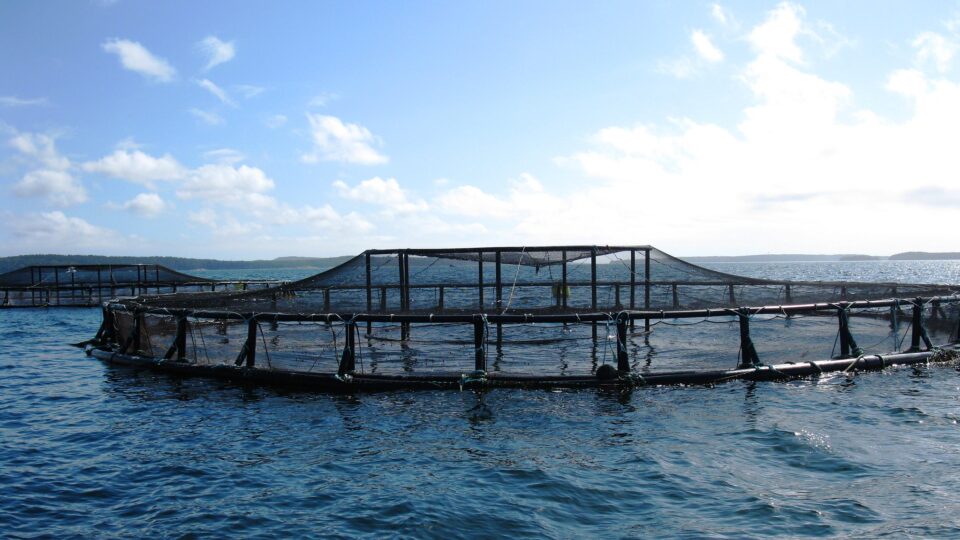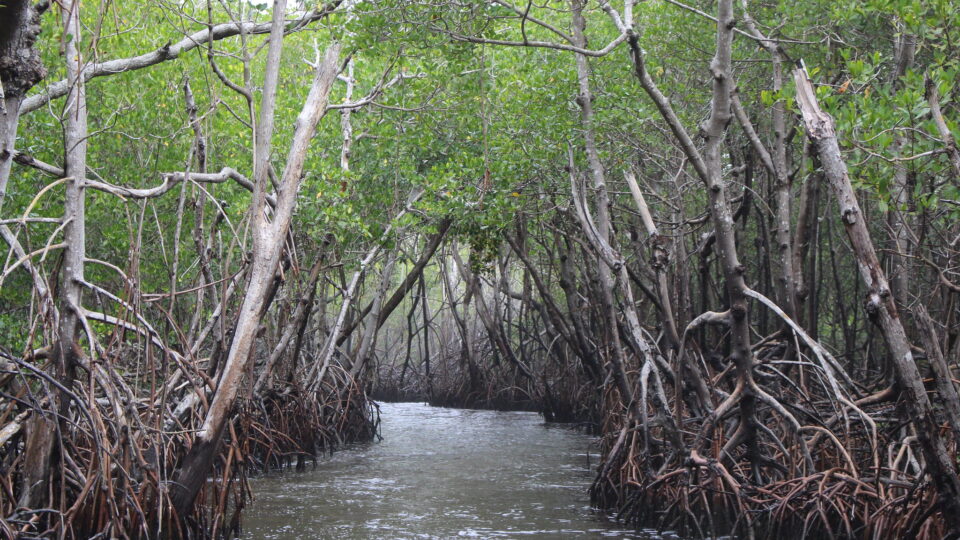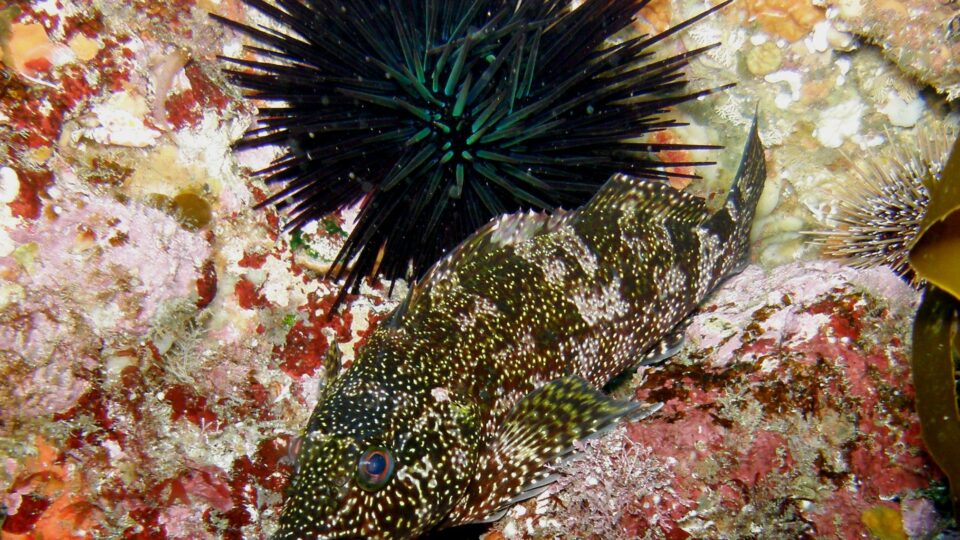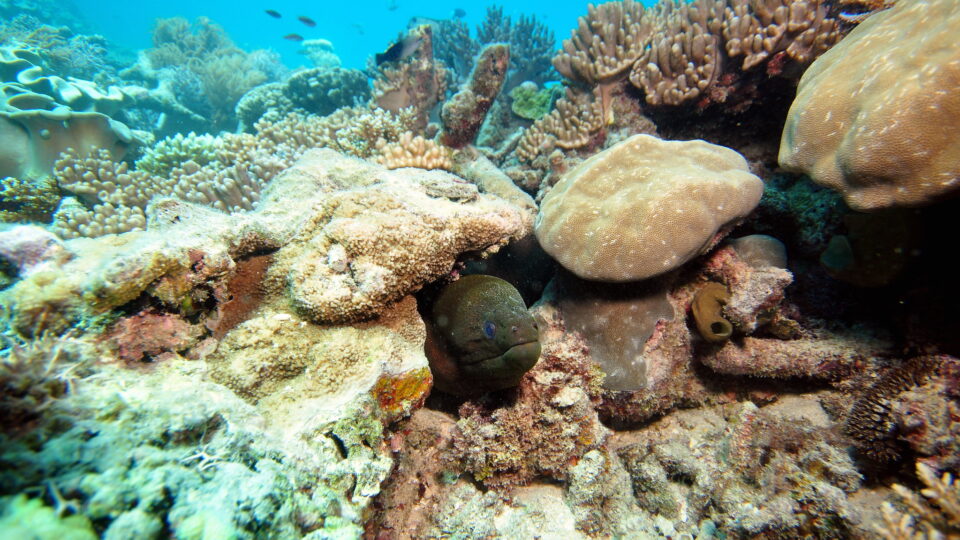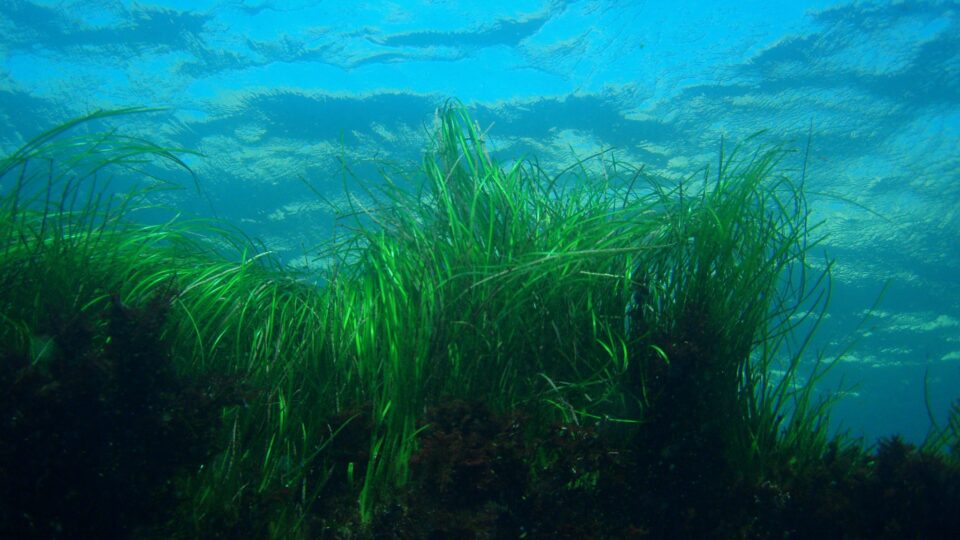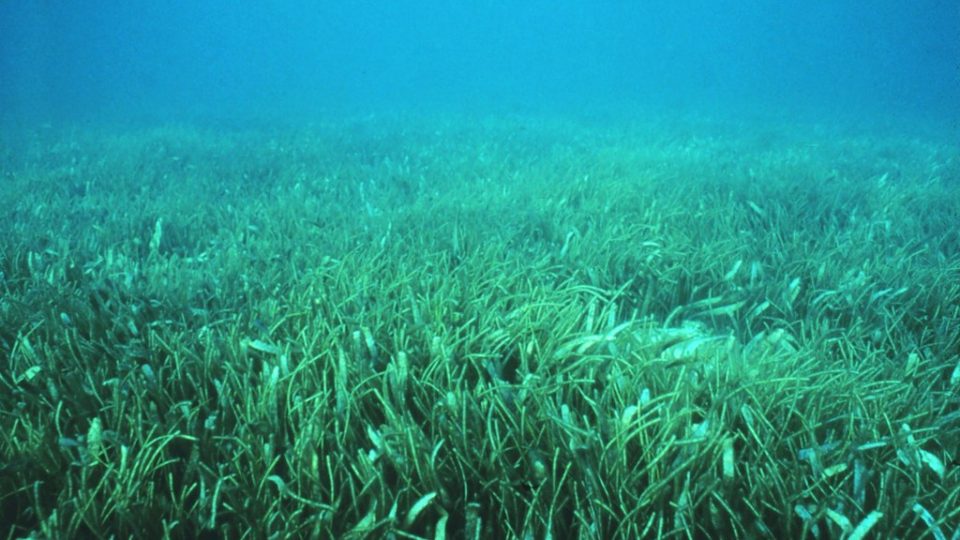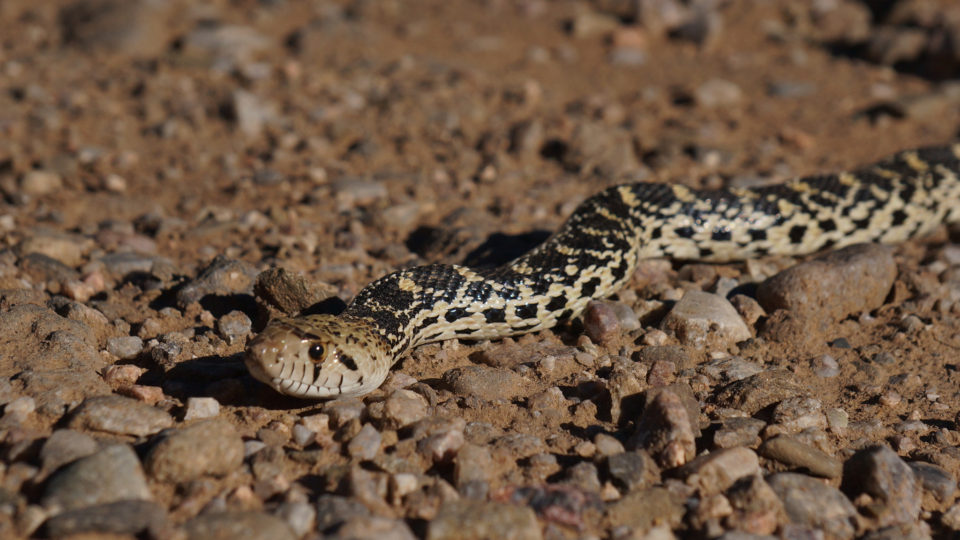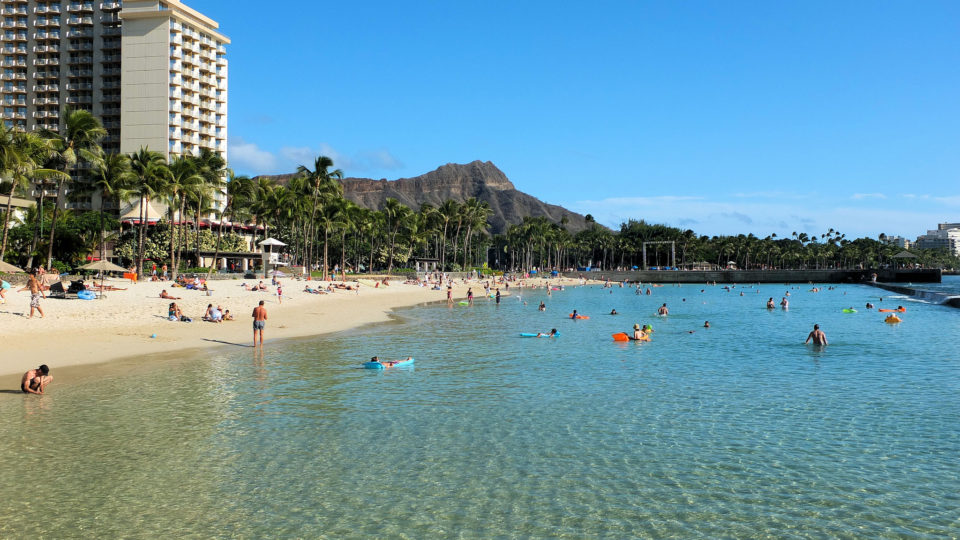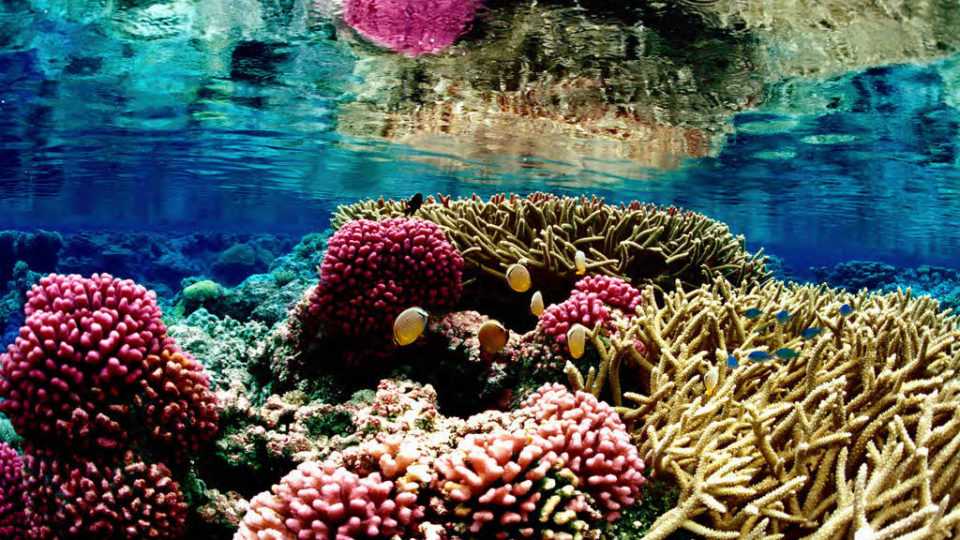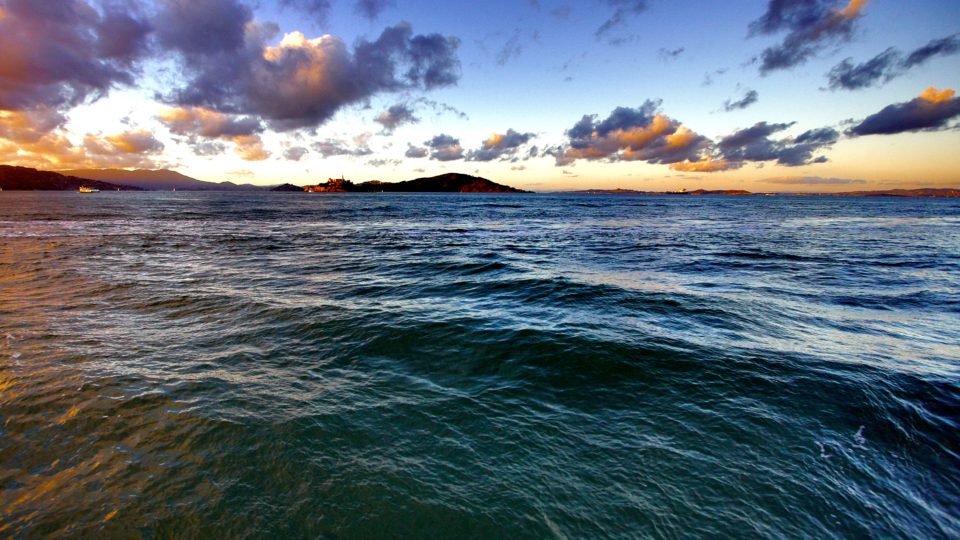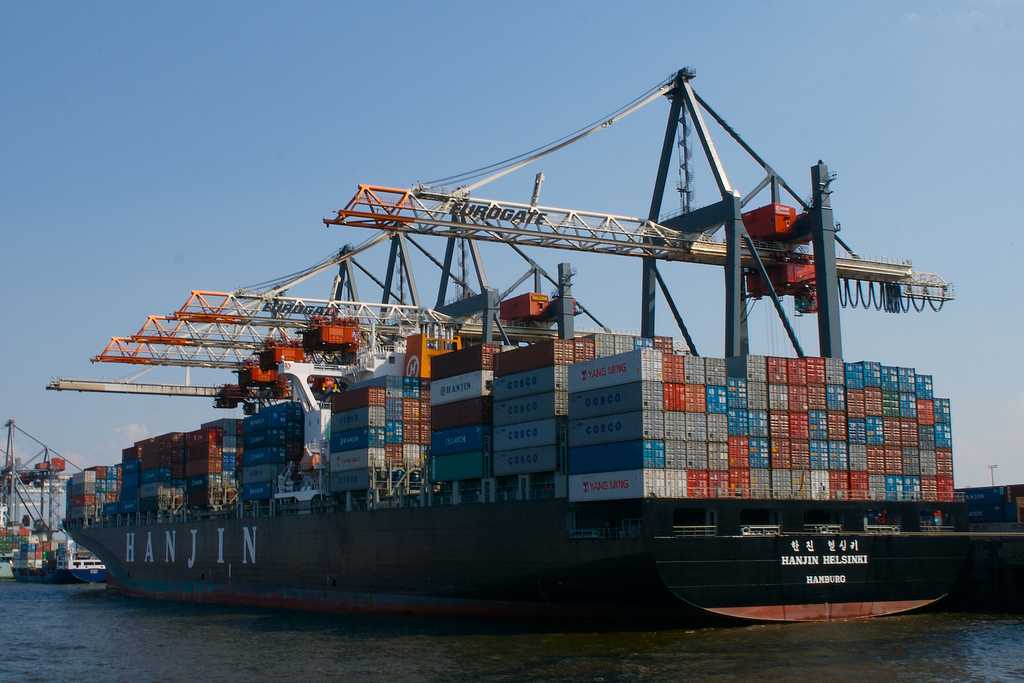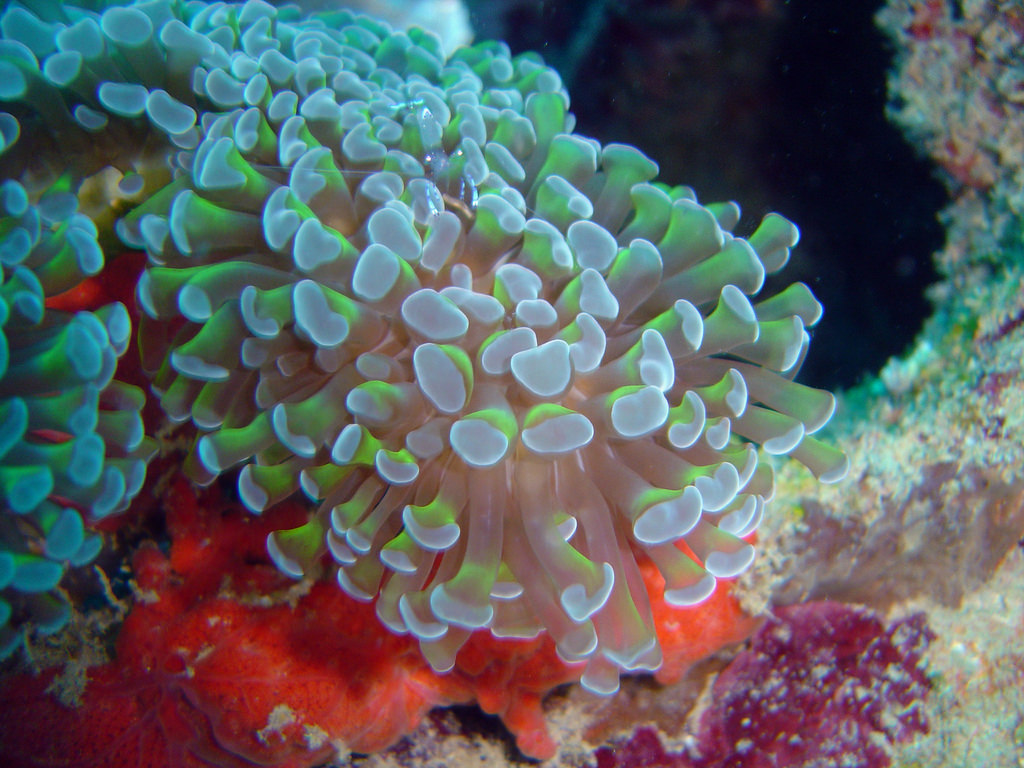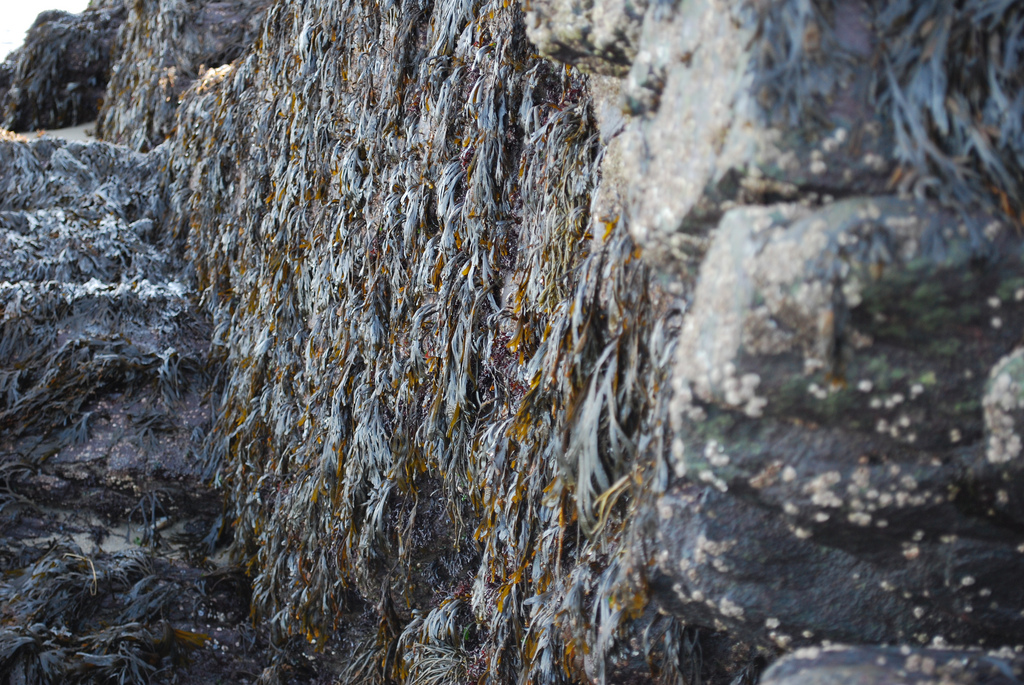Blue foods are fish, invertebrates, algae, and aquatic plants that are captured or cultured in freshwater and marine ecosystems. They include approximately 2,200 species of fish, shellfish, plants and algae as well as more than 500 species farmed in freshwater. Blue foods play a central role in food and nutrition security for billions of people, and are a cornerstone of the livelihoods, economies, and cultures of many communities around the world.
But many of the world’s largest aquatic food producers are highly vulnerable to human-induced environmental change. According to a new paper recently published in the journal Nature Sustainability, more than 90% of global blue food production is at risk from environmental changes, with top producers like the United States, Norway, and China facing the biggest threat. Alarmingly, the research also found that some of the highest-risk countries in Asia, Latin America and Africa demonstrate the lowest capacity for adaptation.
The paper is the first-ever global analysis of environmental stressors impacting the production quantity and safety of blue foods. A total of 17 anthropogenic stressors were surveyed, including rising seas and temperatures, ocean acidification, changes in rainfall, algal blooms, pollution, and pesticides.
The research is one of seven scientific papers published by the Blue Food Assessment as part of a global effort to inform future aquatic food sustainability.
The report calls for more transboundary collaboration and for a diversification of blue food production in high-risk countries to cope with the impact of environmental change.
**********
Web Links
Vulnerability of blue foods to human-induced environmental change
Photo, posted December 30, 2014, courtesy of NOAA’s National Ocean Service via Flickr.
Earth Wise is a production of WAMC Northeast Public Radio
